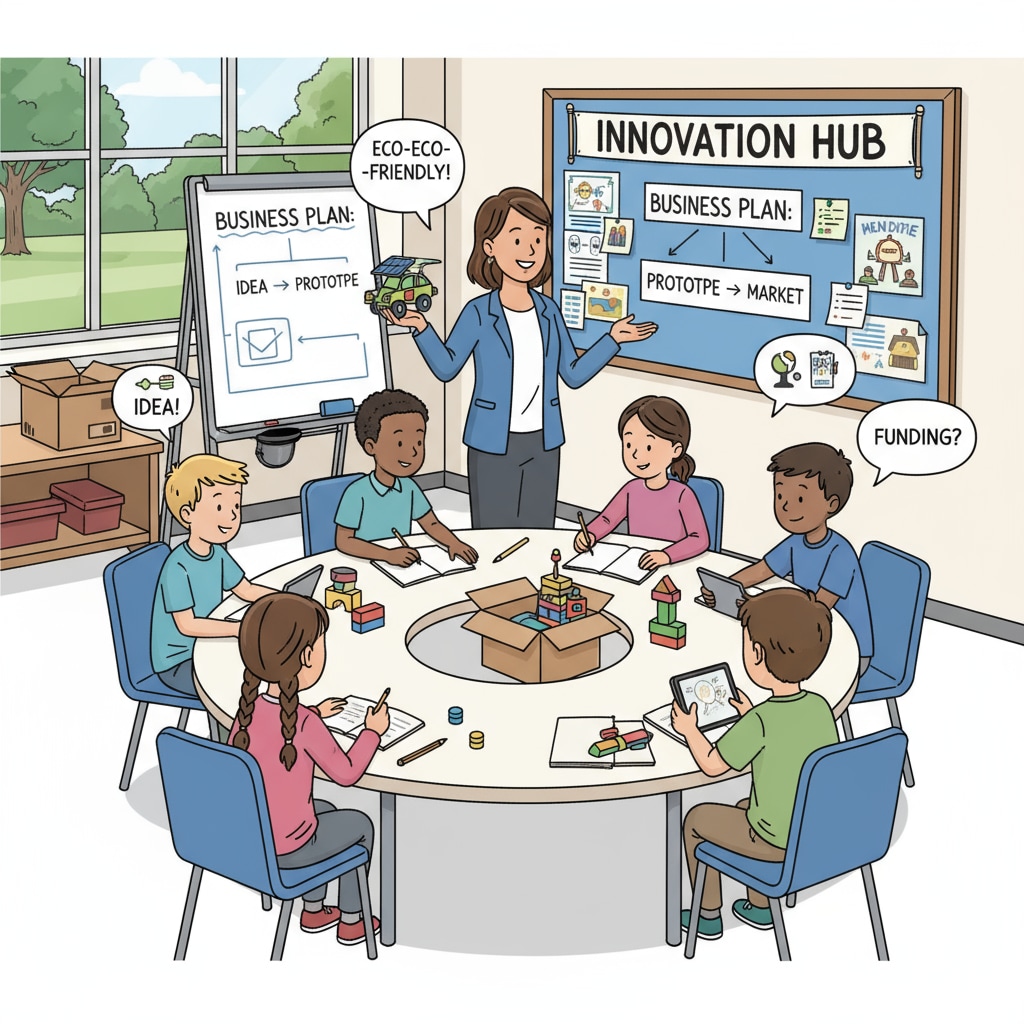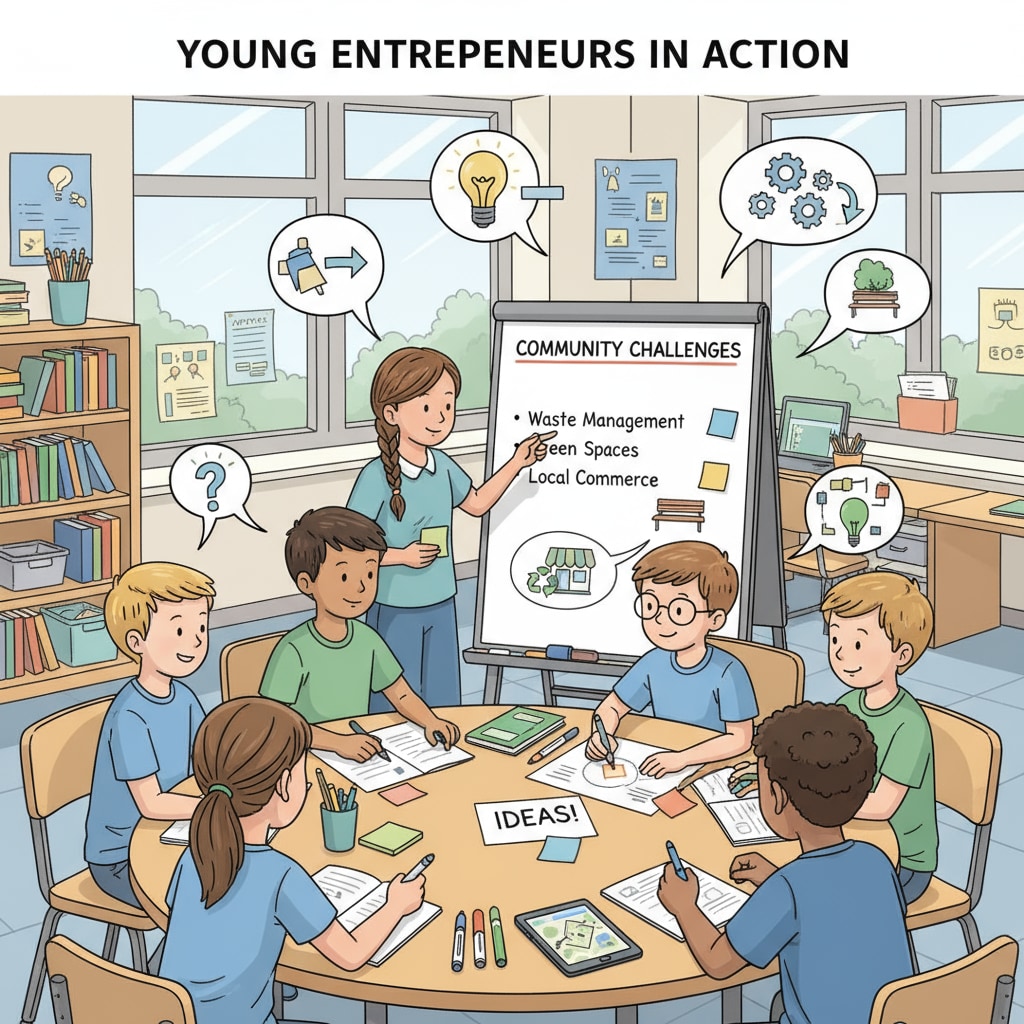Entrepreneurial education in K-12 curriculum through practical learning is becoming increasingly essential in today’s rapidly evolving world. It’s not just about adding a few entrepreneurship courses; rather, it’s about infusing entrepreneurial thinking into the entire educational framework. This approach aims to equip students with the skills and mindset needed to thrive in the future job market and contribute to innovative societies.

The Need for a Paradigm Shift in K-12 Entrepreneurial Education
Traditional K-12 education often focuses on rote learning and standardized testing. However, in the context of entrepreneurial education, this model falls short. As the world faces complex challenges and demands constant innovation, students need more than just theoretical knowledge. They require the ability to think creatively, solve problems independently, and take calculated risks. A shift is needed to a more dynamic and experiential learning environment that nurtures entrepreneurial spirit. For example, Edutopia’s research shows that schools adopting innovative teaching methods for entrepreneurship see significant improvements in students’ critical thinking skills.
Problem-Solving: The Foundation of Entrepreneurial Thinking
Problem-solving lies at the heart of entrepreneurial spirit. In K-12 education, educators can design curriculum activities that present real-world problems to students. This encourages them to analyze situations, identify opportunities, and develop solutions. For instance, students could be tasked with solving a local community issue like waste management. By working through these problems, they learn to think like entrepreneurs, considering factors such as market needs, resources, and competition. According to ASCD research, problem-solving activities enhance students’ ability to make informed decisions, a key aspect of entrepreneurship.

Practical learning is the cornerstone of entrepreneurial education in K-12. Instead of just reading about business concepts, students should have the opportunity to put their ideas into action. This could involve starting a small business within the school, like a student-run café or a handmade crafts store. Through these hands-on experiences, students gain a deeper understanding of the entrepreneurial process, from planning and marketing to managing finances. In addition, it instills in them a sense of responsibility and resilience, as they face and overcome real challenges. As a result, they are better prepared to take on entrepreneurial ventures in the future.
Readability guidance: By using short paragraphs and lists, we can effectively summarize key points. Each H2 section can include a list to enhance clarity. Controlling the proportion of passive voice and long sentences, and adding transition words throughout the article, we can improve readability and flow.


